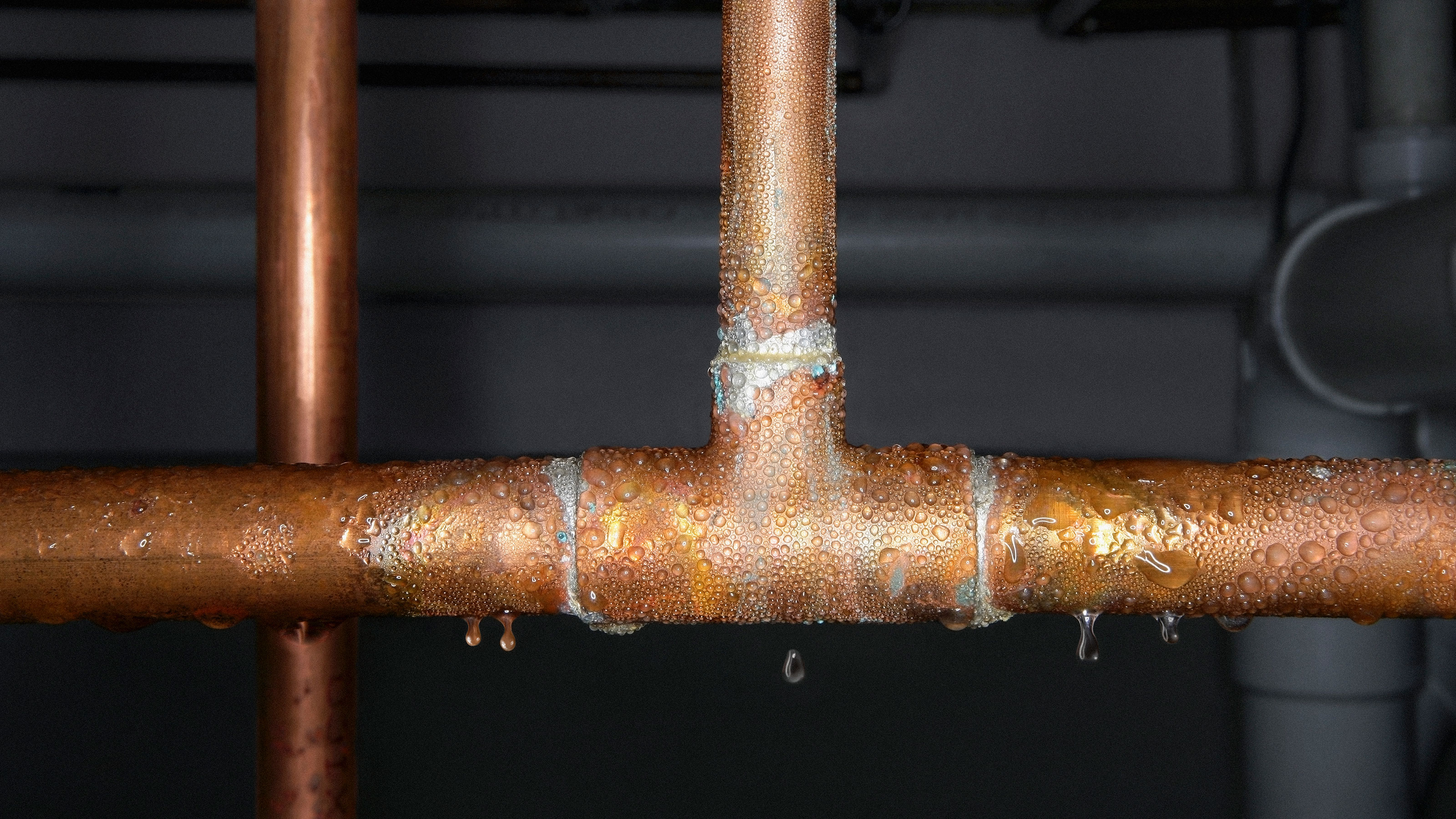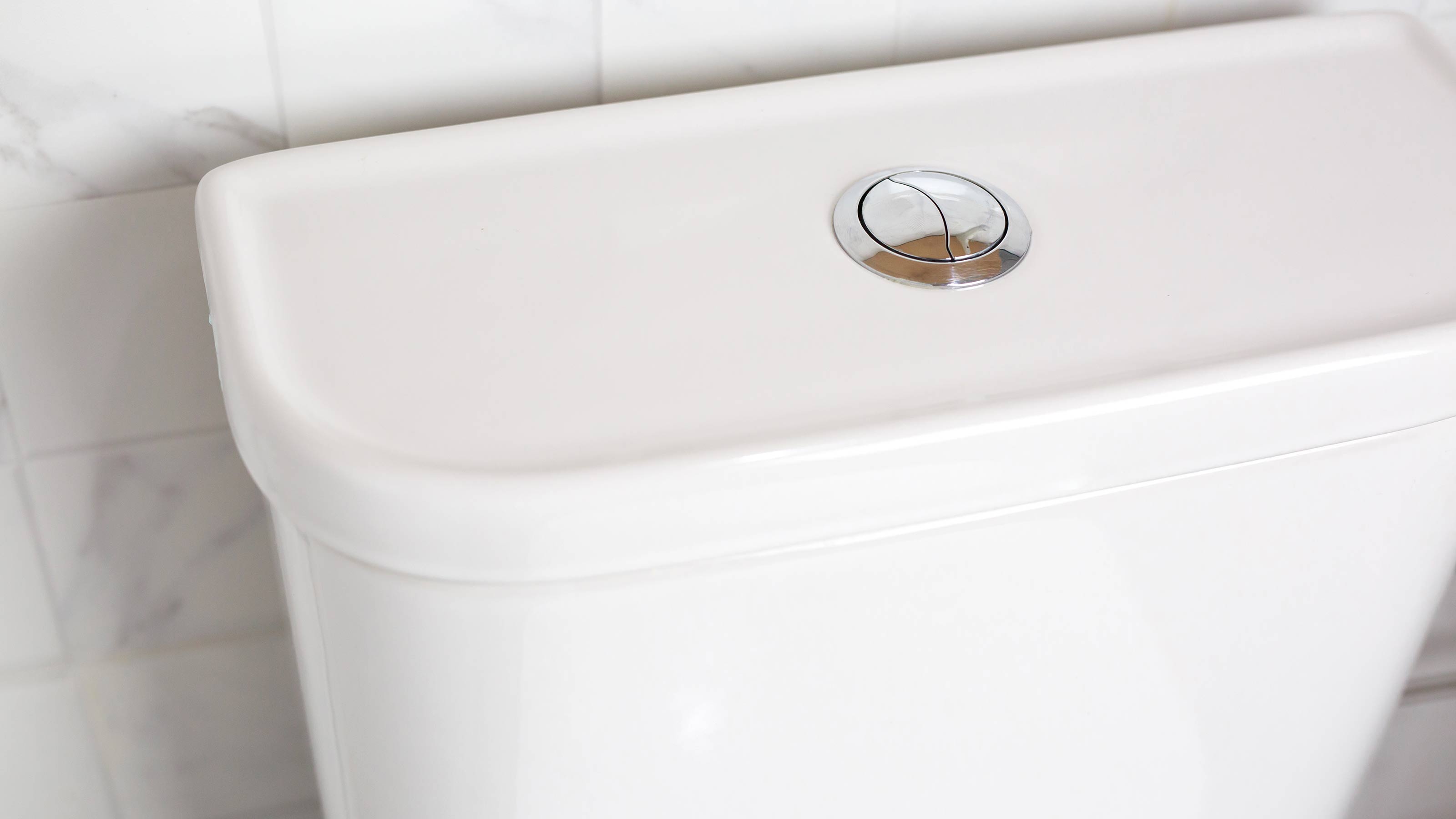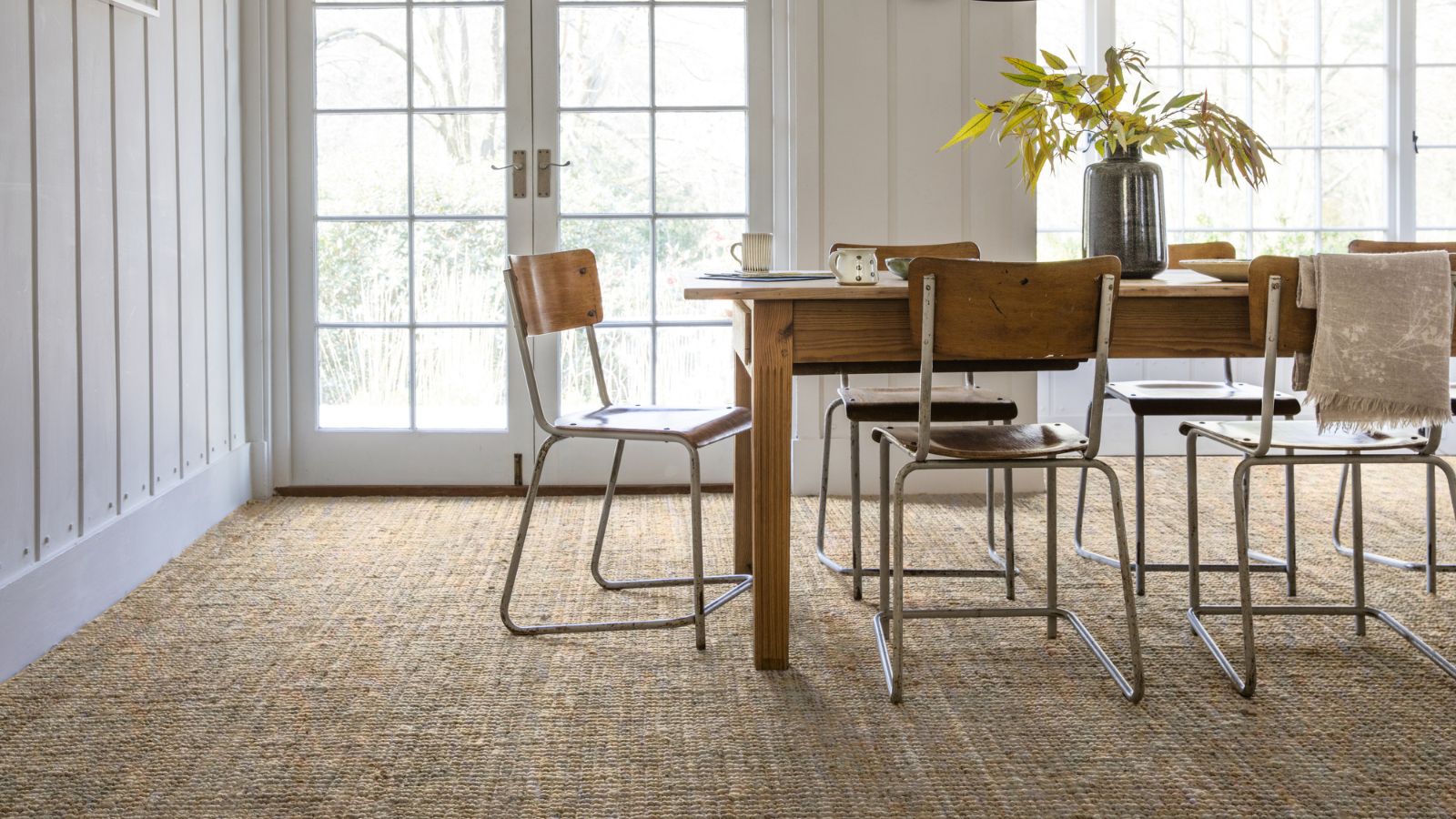Should you be worried about condensation on cold water pipes?
Noticed condensation on cold water pipes in your home? While there is no need to panic, it is an issue worth addressing to prevent problems in the future — our guide explains how

If you have noticed condensation on cold water pipes somewhere in your home then you may have been left feeling concerned that this indicates a wider issue.
If this is something you have come across within your house, then it is really helpful to ensure you begin by getting to grips with condensation in general. So, just what is condensation?
In short, condensation occurs when warm, moist air suddenly drops in temperature, most commonly when it meets a cold surface, such as a window pane, the inside of an uninsulated external wall or pipes full of cold water.
In this article, we take a look at the reasons why you might be finding condensation on your cold water pipes, what you can do about it and whether this is a serious cause for concern.
What causes condensation on cold water pipes
Condensation forms on cold water pipes when the temperature of the outside of the pipes is at or below dew point for the air in the room.
The dew point is the temperature to which air must be cooled to become saturated with water vapour. When the air in question falls below the dew point, it can no longer hold on to the water vapour and so it condenses and forms dew.
This could happen pretty much anywhere in your house where wamer air meets a surface that is much colder than it is — condensation on toilet cisterns is a good point in question.
Bring your dream home to life with expert advice, how to guides and design inspiration. Sign up for our newsletter and get two free tickets to a Homebuilding & Renovating Show near you.
"It is a bit like when you have an ice-cold glass of coke, water or other similar cold drink in summer and moisture forms on the outside of the glass," explain the Water Leak Team at waterleak.co.uk. "That moisture is not coming from inside the glass directly, it is condensation forming on a relatively cold surface. Compare that to a hot cup of coffee — you’ll likely not see condensation on that!"

Is condensation on cold water pipes a serious problem?
While not ideal, condensation on cold water pipes really isn't too much of an issue and you shouldn't feel too concerned about it.
That said, in cases where there is excessive condensation forming on your pipework, it will obviously start to drip off and eventually pool on the floor beneath. It could then lead to sodden flooring materials and could, if left unchecked lead to damp and mould within your walls and floors.
Excessive moisture on the outside of your pipes can also cause copper pipes to corrode over time.
It is, therefore, wise to look into ways of stopping, or at the very least reducing, the condensation on pipes and there are several ways you can do this.
How to stop condensation on cold water pipes
There are a few different ways you can treat cold water pipes in order to prevent condensation from forming on them — ideally you want to aim for a combination of these methods for maximum protection against the issue.
The first approach is to look at how to solve condensation in your home in general. Firstly, you need to try all you can to reduce the humidity levels in your home. The main ways to do this are:
- Provide adequate ventilation: Open windows regularly or install trickle vents — and make sure you fit the best bathroom extractor fans and kitchen extraction methods.
- Insulate: Upgrading your insulation will go a long way towards keeping your home at an even temperature which will, in turn, help with condensation.
- Buy a dehumidifier: Dehumidifiers are a brilliant way to reduce excess moisture in the air.
- Keep your home warm: Maintaining a constant, warm temperature within the house and avoiding fluctuations will really help.
In addition to the above, you should consider insulating or lagging pipes. Insulating pipes is important for many reasons and is particularly worth thinking about in winter.
Insulating your pipes can prevent them from freezing and bursting but it will also stop water vapour from settling on them. To make insulating your pipes worthwhile, do take time to look into the different types of lagging and the methods of fitting insulating materials.
"Insulating pipes well is not only in the technique, but also can result from the products you buy," says Alex Beckwith, bathroom expert at Victorian Plumbing. "When it comes to the type of lagging you use, phenolic foam is considered to be most efficient due to its density. Also, ensure you are using insulation tape when finishing off to keep your lagging sealed and working at its top form; duct tape is also a good choice."
Finally, you could consider boxing your pipes in to prevent humid air from reaching them. However, there is a downside to this final option as you won't be able to see if your pipes have sprung a leak and it can make rapid access tricky.
Is your pipe sweating or leaking?
In some cases, water dripping from cold water pipes can be caused by a leak and it is important to check that there is not a leak causing the problem.
"Although commonly condensation on pipes isn’t a water leak, it is important to understand that in some instances it could be a water leak, which needs finding and fixing before it causes too much damage to your property," warn the experts at waterleak.co.uk. "Be very careful in assuming that water or moisture on pipes is simply condensation. If in doubt, get help from a leak detection specialist and water damage expert."
Natasha was Homebuilding & Renovating’s Associate Content Editor and was a member of the Homebuilding team for over two decades. In her role on Homebuilding & Renovating she imparted her knowledge on a wide range of renovation topics, from window condensation to renovating bathrooms, to removing walls and adding an extension. She continues to write for Homebuilding on these topics, and more. An experienced journalist and renovation expert, she also writes for a number of other homes titles, including Homes & Gardens and Ideal Homes. Over the years Natasha has renovated and carried out a side extension to a Victorian terrace. She is currently living in the rural Edwardian cottage she renovated and extended on a largely DIY basis, living on site for the duration of the project.

